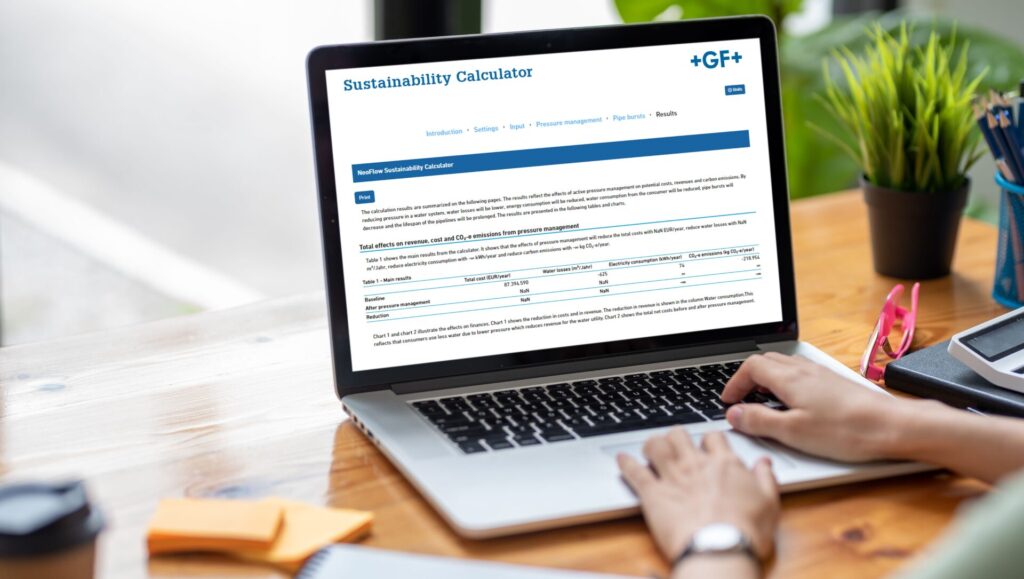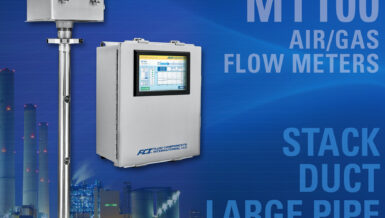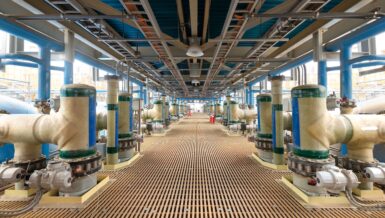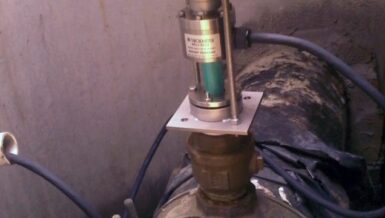Pressure management is a versatile tool for water networks – it can prevent leakages and non-revenue water, improve energy efficiency, and increase the service life of piping systems. This is also supported by studies that have shown that a pressure reduction of 25% can lower the risk of leakages by up to 75%1.
The NeoFlow Sustainabilty & Cost Calculator is designed to make this effect tangible by allowing users to simulate the installation of a pressure regulating valve in their network. By using their personal parameters, the tool helps planners and operators find the optimal pressure management solutions for their needs. Standardized data by the International Water Association (IWA) and International Energy Agency (IEA) forms the basis of the calculation.
After entering general information such as the regional electricity mix and the distribution of water sources, users navigate to the input page where they can provide the parameters that serve as the basis for the simulation. These include the type of water supply, calculations of real water losses, as well as the size and specification of the network.
In the next section, the calculator determines the effects of installing a pressure regulating valve. Based on inputs such as new average pressure, energy costs, and the production costs of water, the calculator provides insights into reducing non-revenue water and energy consumption. At the same time, users can see the effects of improved pressure management on pipe breaks and bursts.
Niko Dommer, Global Application Engineer at GF, comments: “Reducing water loss and improving energy efficiency not only benefits utilities, but also customers and the environment. As a complete solution provider, we have therefore always strived to support our customers in finding the best pressure management solutions for their needs. With the NeoFlow Sustainability & Cost Calculator, we are offering planners and operators a quick and easy way to understand the potential within their networks.”
With NeoFlow, GF offers a range of pressure regulating valves that can be flexibly adapted to customer needs, from reservoir level control to fully automated valves. The line-up includes a pressure reducing valve and a dual setpoint pressure reducing valve for preventing over-pressurized pipes by ensuring an accurate and stable flow, while the newly introduced pressure sustaining valve protects upstream networks against insufficient or even negative pressure.











